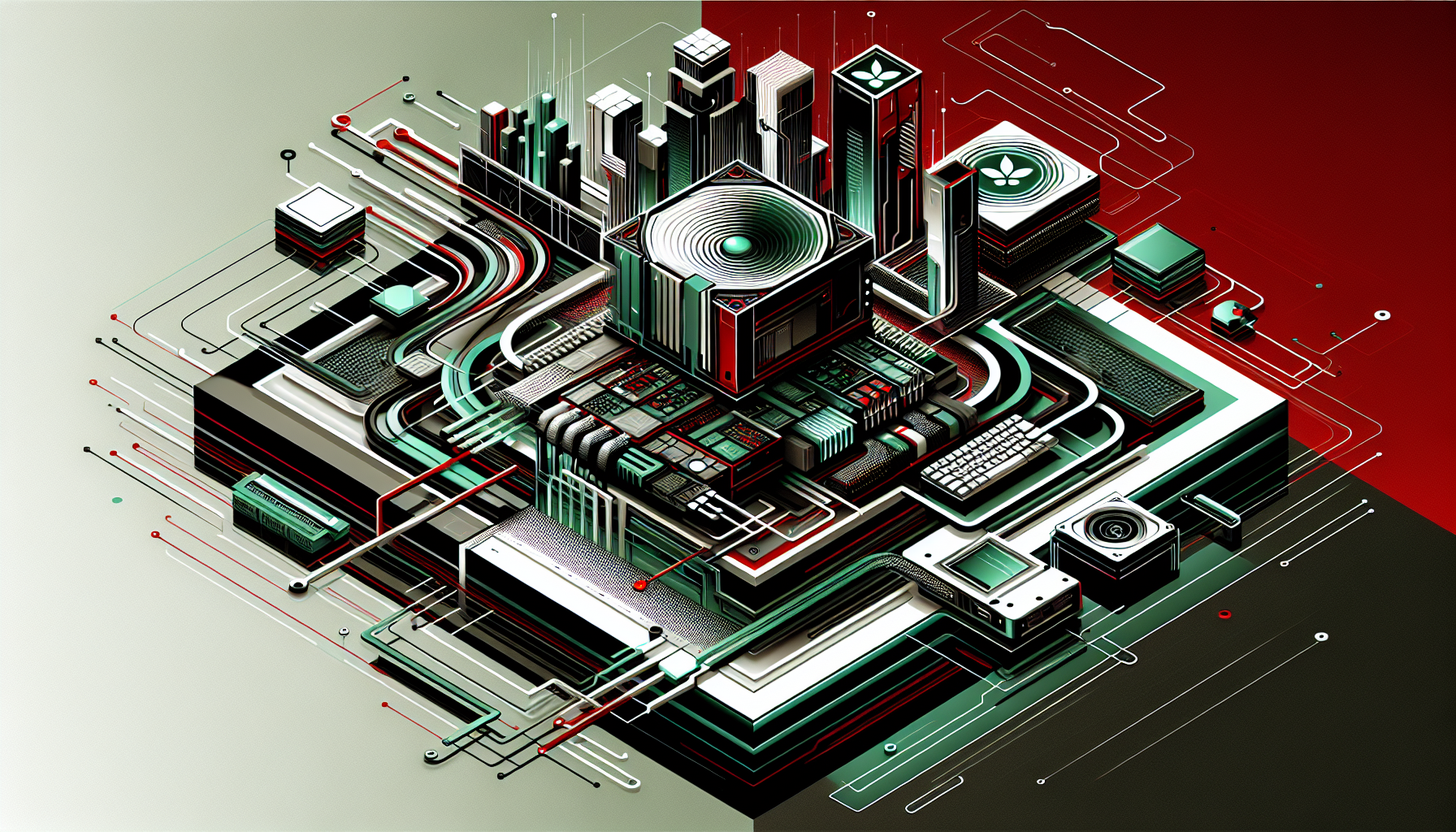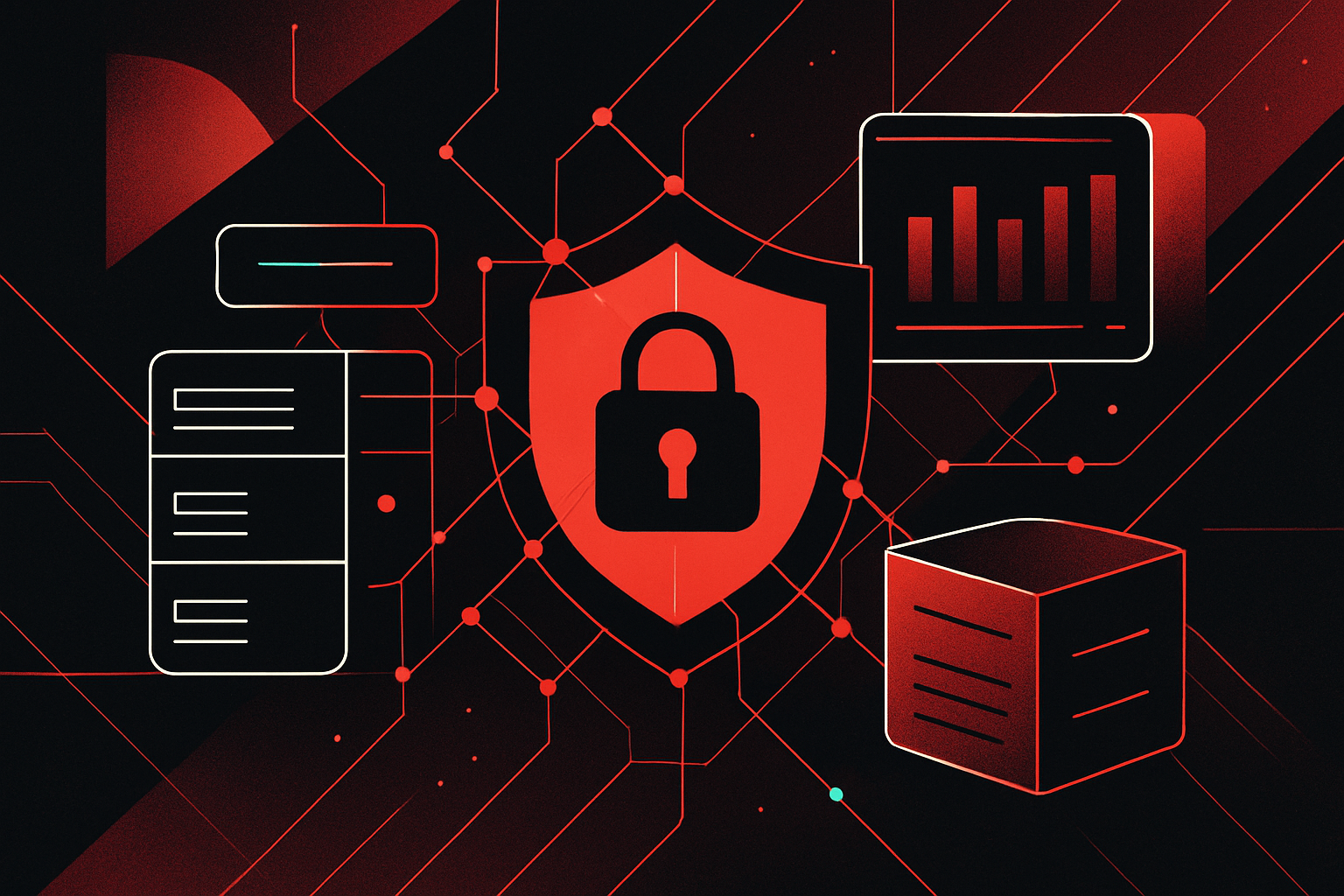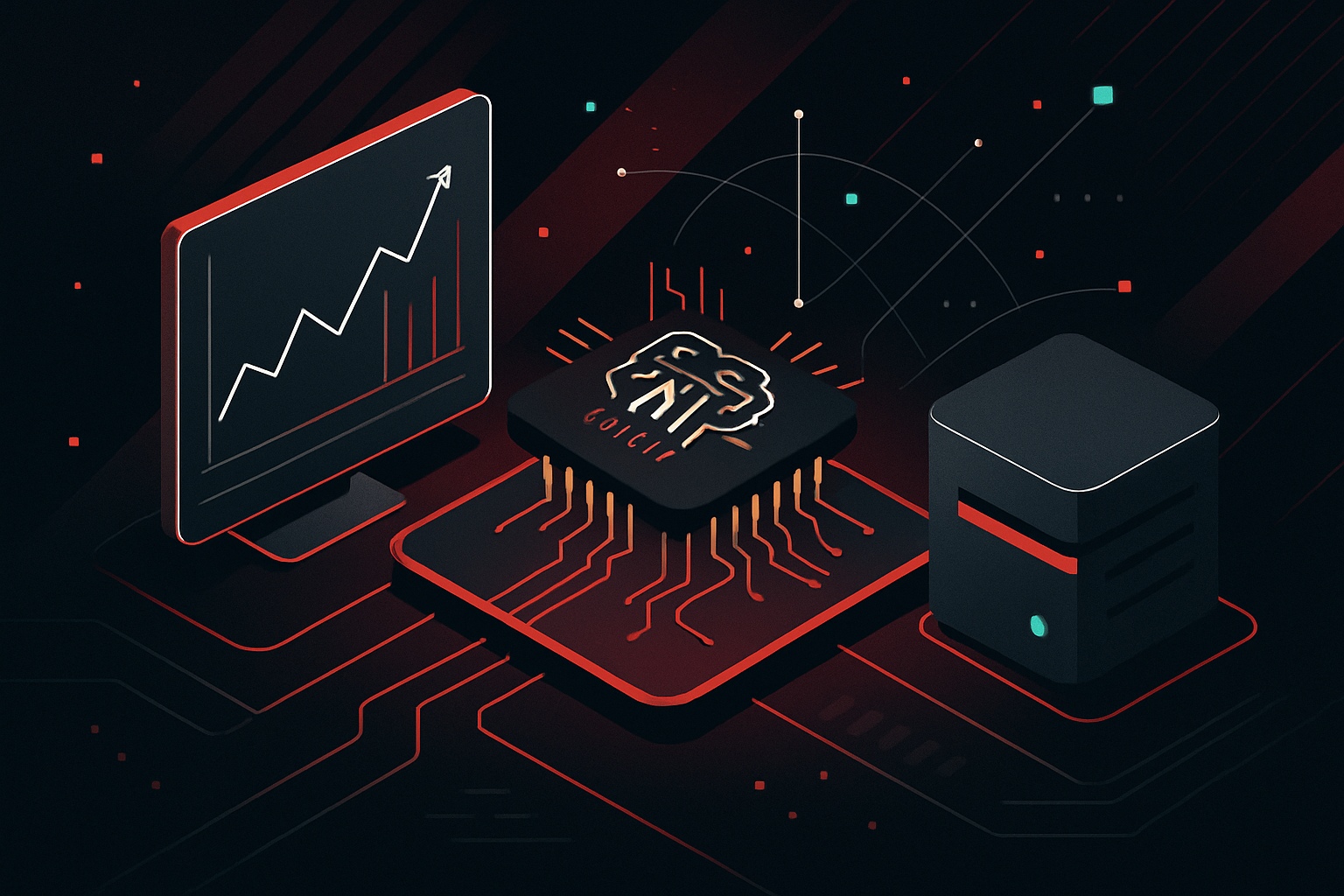Green Tech: Innovations in Sustainable Computing

Developments in Green Tech for Sustainable Computing
Energy-Efficient Hardware
1. Low-Power CPUs and GPUs
Energy-efficient processors are a cornerstone of sustainable computing. Modern CPUs and GPUs are designed with power consumption in mind, employing techniques like dynamic voltage and frequency scaling (DVFS), which adjusts the power usage based on task demands.
-
Example: Intel’s Alder Lake processors utilize a hybrid architecture combining high-performance cores with power-efficient cores, optimizing energy usage for different workloads.
-
Practical Insight: When selecting hardware, prioritize processors with lower TDP (Thermal Design Power) ratings and those supporting DVFS capabilities.
2. Solid-State Drives (SSDs)
SSDs consume less power than traditional hard disk drives (HDDs) due to the absence of mechanical parts. They also offer faster data access speeds, which reduces the time the computer needs to be active.
- Actionable Tip: Upgrade to SSDs in data centers to save energy and improve performance.
Virtualization and Cloud Computing
1. Server Virtualization
Server virtualization allows multiple virtual machines (VMs) to run on a single physical server, leading to better resource utilization and reduced energy consumption.
-
Technical Explanation: Virtualization platforms like VMware and Hyper-V manage resources efficiently, allowing dynamic allocation and consolidation of workloads.
-
Step-by-Step: Set up a virtualized environment:
- Install a hypervisor on the physical server.
- Create VMs for each application or service.
- Monitor resource usage and adjust allocations as needed.
2. Cloud Services
Migrating workloads to cloud services can lead to significant energy savings, as cloud providers optimize their infrastructure to be energy-efficient.
-
Providers: AWS, Google Cloud, and Microsoft Azure focus on renewable energy sources and efficient data center designs.
-
Comparison Table: Energy Initiatives by Major Cloud Providers
| Provider | Renewable Energy Use | Energy Efficiency Initiatives |
|---|---|---|
| AWS | 85% | Custom hardware, water-cooled data centers |
| Google Cloud | 100% | Carbon-neutral, AI for cooling optimizations |
| Microsoft Azure | 100% | Carbon-negative goal by 2030, open-source sustainability tools |
Software Optimization
1. Energy-Aware Programming
Optimizing software to consume less energy involves writing efficient code and utilizing energy profiling tools.
- Code Snippet: Example of energy-efficient programming in Python
“`python
import time
def energy_efficient_function(data):
# Use list comprehensions instead of loops
processed_data = [x * 2 for x in data if x > 0]
return processed_data
start_time = time.time()
result = energy_efficient_function(range(1, 1000000))
print(f”Processing time: {time.time() – start_time} seconds”)
“`
2. Adaptive Algorithms
Algorithms that adapt to workload changes can reduce power consumption. For instance, adaptive bitrate streaming adjusts video quality based on network conditions, saving bandwidth and energy.
- Actionable Insight: Implement adaptive algorithms in applications to optimize energy usage dynamically.
Renewable Energy Integration
1. Solar-Powered Data Centers
Integrating renewable energy sources like solar power into data centers can drastically reduce carbon footprints.
-
Example: Apple’s data centers are powered by on-site solar installations, supporting their commitment to a carbon-neutral supply chain.
-
Practical Implementation: Assess the feasibility of solar installations based on geographic location and energy needs.
2. Energy Storage Solutions
Implementing energy storage systems such as lithium-ion batteries or flywheel energy storage can ensure a steady power supply and mitigate reliance on non-renewable sources.
- Technical Detail: Energy storage systems store excess energy generated during peak renewable production times and release it during demand spikes.
Efficient Cooling Solutions
1. Liquid Cooling
Liquid cooling systems are more efficient than traditional air cooling, providing better heat dissipation and reducing energy consumption associated with cooling.
-
Example: IBM’s Aquasar system uses warm water cooling to not only cool servers but also utilize the heat for building heating.
-
Implementation Steps:
- Evaluate the server layout and thermal requirements.
- Install liquid cooling loops and ensure proper heat exchange systems are in place.
- Regularly maintain and monitor the system to prevent leaks and ensure efficiency.
2. Free Cooling
Utilizing ambient external air or water for cooling, known as free cooling, can lead to substantial energy savings.
- Actionable Tip: Implement free cooling in colder climates by designing data centers to leverage natural airflow and temperature gradients.
By implementing these innovations in green tech, organizations can significantly enhance the sustainability of their computing operations while also realizing cost savings and efficiency improvements.





0 thoughts on “Green Tech: Innovations in Sustainable Computing”